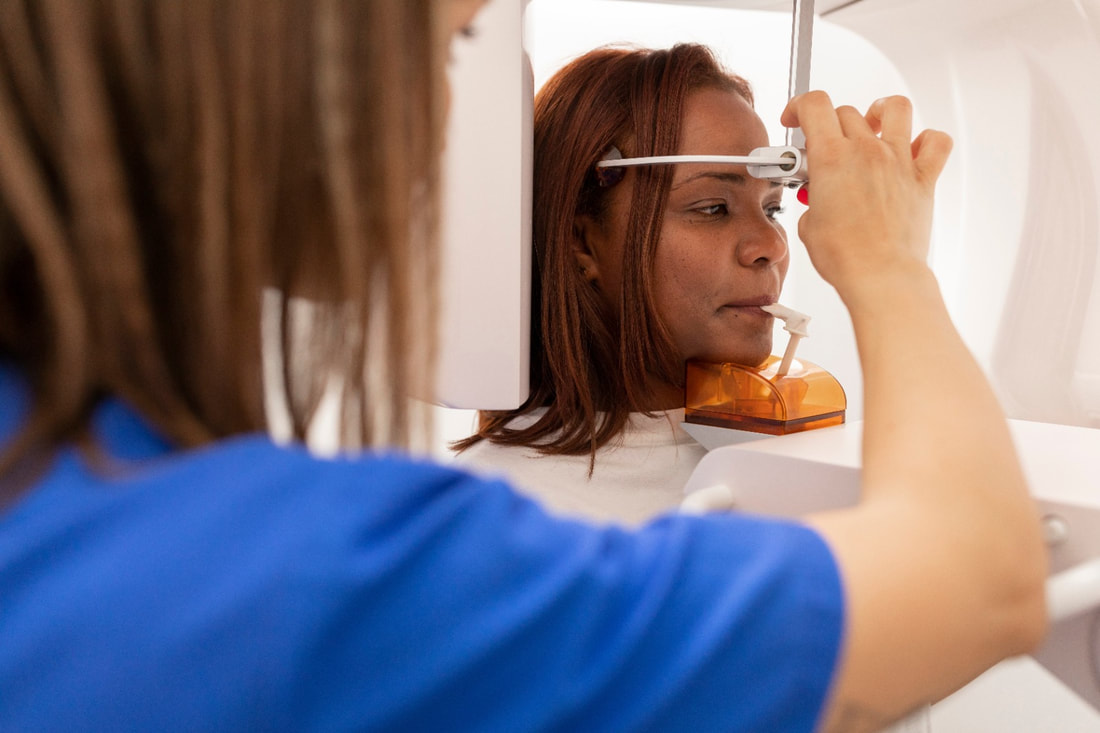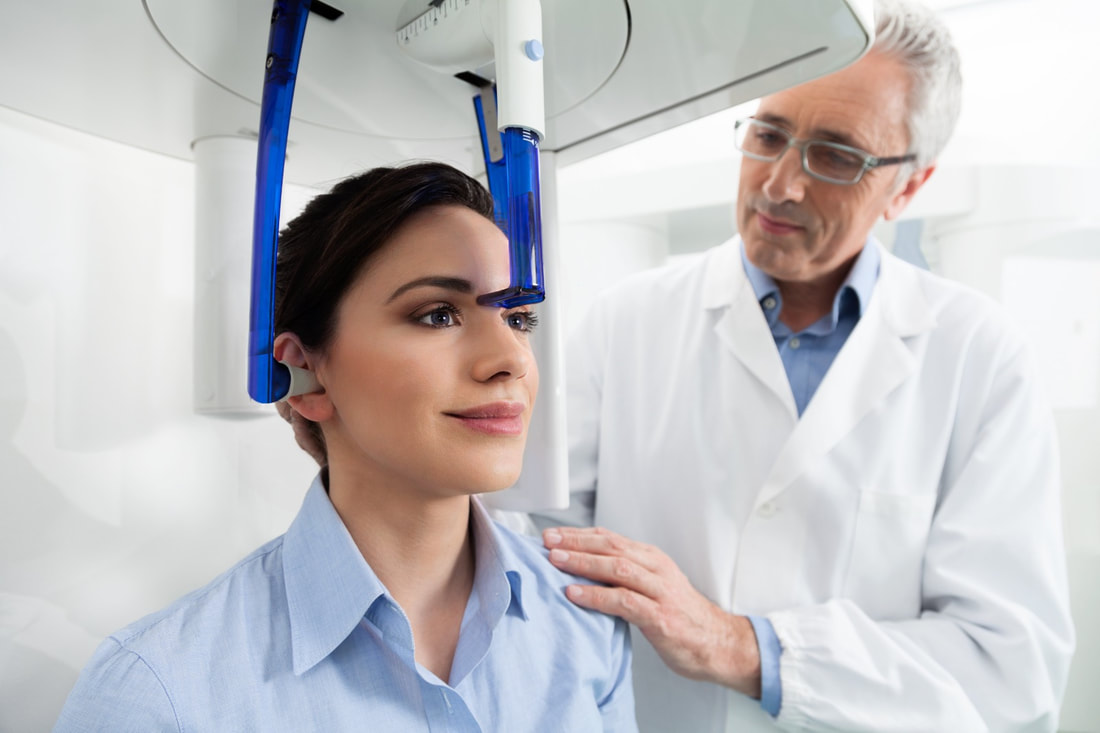|
With dentistry quickly moving towards 3D scanning, George Welsh from Dental Dynamix and Jonathan Hampton from Planmeca discuss CBCT scanning. What benefits does CBCT offer in dentistry?Jonathan Hampton (JH): The image acquired from CBCT gives the clinician a true 3D interpretation and a better overview of the patient’s mouth. This then helps in diagnosing and treatment planning and makes these more predictable when compared to a 2D image. What parts of the anatomy can a CBCT scan show?JH: It shows hard tissues like bone and tooth structures. It can also show some soft tissue information and airway information. With that in mind, what practices would need to offer a CBCT scan?JH: I believe CBCT is beneficial for most practices, as being able to scan the patient morphology in 3D gives the clinician a faster way to diagnose any issues and create a treatment plan. The patient also benefits from a quicker diagnosis, less invasive treatment plan and faster recovery time. Originally, CBCT was seen a tool for implantology and endodontics. A normal CBCT X-ray dose is multiple times that of traditional 2D X-ray. But with technology like our ProMax ultra-low dose, not only do we lower the X-ray dose, but we do not lose the diagnostic information. So, we are nearer to a 2D X-ray dose meaning justification using the ALARA or ALADA principle can be maintained. Do dentists need any training for CBCT scanning?JH: Yes, the standard qualification needed is level one CBCT. Level one training normally runs for about six hours and covers the safe use of X-ray and the anatomy in 3D view. Level one is a must for clinicians before they can even prescribe a CBCT image. There is also an optional level two, this is more aimed at the reporting side once the scan has been acquired. There are multiple courses being held across the UK, and there are now more online courses being made available. How does having a CBCT scan impact dental laboratory work?JH: CBCT is part of the digital workflow that is becoming more common in dental practice and with technicians. Labs can now take digital files like STL and Dicom from CBCTs, merge this, then create a virtual patient, which the technician can use to create and tailor the appliance as needed. For example, in implant planning, if a lab needs to create a surgical guide, a CBCT image is needed. As more labs are now using digital software platforms, more and more digital workflows are being created across various applications. For implant planning, orthodontics, etc., digital files from a CBCT image will be needed. What are the potential pitfalls with not having CBCT in your surgery?JH: Not being able to provide a quick diagnosis to a patient, also with any clinical treatment plan that is not done in 3D, there is potential for errors. The clinician is not seeing a true interpretation of the region of interest, which is particularly required in any complex cases. Is it safe for use on children?JH: With the ALARA and the ALADA principle, the aim is always to acquire an image by using the lowest X-ray dose possible, but not to lose the diagnostic information. So, with this in mind, children can have CBCT X-rays. And with our ultra-low dose X-ray, this also minimises risks that are associated with exposure to radiation. Can dentists and practices justify the return on investment of the scanners?JH: Regarding a monetary return on investment (ROI), patient charges for having a CBCT X-ray does vary across the UK. But normally a practice would need to take six to eight CBCTs to see a return on investment. Another area to look at on ROI is patient case acceptance. Patients who are shown their treatment plan in 3D understand more, as images presented in three dimensions are more engaging and therefore proposed plan acceptance is more likely. Also, planning in 3D gives a quicker diagnosis, quicker pre-op treatment plan, a less invasive patient treatment, and a quicker post-op recovery time. What sets Dental Dynamix apart from other companies offering CBCT scanners?George Welsh (GW): Our focus and USP is the aftercare of such a large investment. Often a practice will invest in OPG or CBCT without considering support post-installation. Because we are a dentistry-focused helpdesk, we take all the pain away; any digital imaging issues, we’re here to help. A service plan is also included, to include visiting the practice annually for routine maintenance, remote support, data backup, and an extended warranty. Because we are a company purely focused on digital, we have a lot of experience with different manufacturers and kit, so we can identify which product is right for you. We have our own builders who we can contract to refurbish your X-ray room to ensure it meets CBCT radiation requirements. Offering a turnkey solution makes the whole experience a lot easier and less stressful. Any digital imaging and IT issues – we're here to help. All our technicians are trained in both digital and IT, so whomever you speak to, they can resolve the issue. Where do you see the future of CBCT scanning going?JH: I can see CBCT becoming more mainstream and overtaking 2D X-ray as the doses are becoming lower. We are already at the point where we have launched the first full body CBCT.
Also, a lot of AI-based solutions are coming to the market, which will speed up diagnosing and treatment planning. Finally, virtual reality programs will be available to create even more accurate and quicker workflows.
0 Comments
|
AuthorWrite something about yourself. No need to be fancy, just an overview. ArchivesCategories |
|
We like to socialise!
|
|
©Dental Dynamix Imaging LTD, 07623713



 RSS Feed
RSS Feed